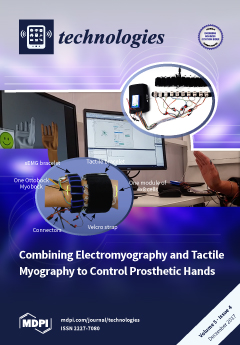The management of rapidly growing municipal solid waste (MSW) is one of the major challenges in developing countries. The current study also estimates the suitability of a site through a geographical information system using multi-criteria decision analysis (MCDA) for landfill sites in National Capital Territory (NCT). The results of the suitability index indicate that only 58.7 km
2 of the land is suitable for the construction of landfill sites, while 194.27 km
2 of the total area is moderately suitable. The existing three landfill sites that are currently functional and used by government organizations as landfills are found to be moderately suitable. A large fraction of MSW is disposed in landfills, which emit one third of the total anthropogenic methane (CH
4) and are considered an important contributor of Green House Gases (GHGs) to the atmosphere. Thus, there is a need for the proper estimation of GHG emission from landfills, specifically CH
4, which contributes 20% of the GHGs that contribute to global warming. The current study aims to estimate the CH
4 emission from landfills in the NCT, Delhi, India using GHG inventory guidelines from the Intergovernmental Panel on Climate Change (IPCC). The CH
4 emission from landfills has doubled from 31.06 Gg/yr to 65.16 Gg/yr from 1999 and 2000 to 2015. The generation of CH
4 from MSW is strongly correlated (R
2 = 0.58) with the Gross State Domestic Product (GSDP), which is an indicator of wellbeing.
Full article





